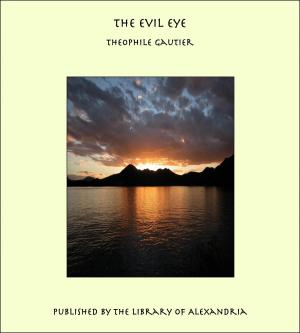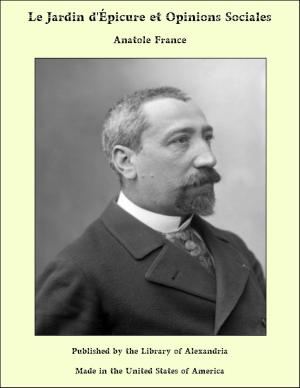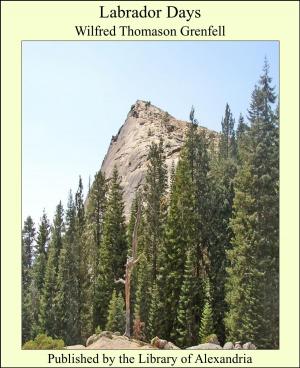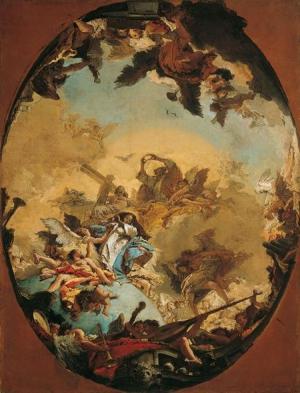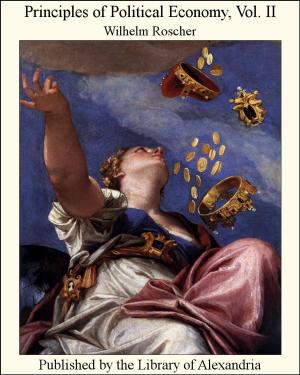Pictorial Photography in America 1921
Nonfiction, Religion & Spirituality, New Age, History, Fiction & Literature| Author: | Pictorial Photographers of America | ISBN: | 9781465543752 |
| Publisher: | Library of Alexandria | Publication: | March 8, 2015 |
| Imprint: | Language: | English |
| Author: | Pictorial Photographers of America |
| ISBN: | 9781465543752 |
| Publisher: | Library of Alexandria |
| Publication: | March 8, 2015 |
| Imprint: | |
| Language: | English |
PAINTING WITH LIGHT By Professor of Fine Arts in Teachers College, Columbia University The painter need not always paint with brushes, he can paint with light itself. Modern photography has brought light under control and made it as truly art-material as pigment or clay. The old etchers turned chemical action to the service of Art. The modern photographer does the same, using the mysterious forces of nature as agents in making his thoughts visible. It's a long story of effort and experiment since someone observed that an inverted landscape on the wall of a darkened room was painted by light coming through a hole in a shutter. The shutter and the dark room are still acting, but now we can hold the fleeting vision. While we rejoice in the triumph of Science it is the triumph of Art that concerns us most. The photographer has demonstrated that his work need not be mechanical imitation. He can control the quality of his lines, the spacing of his masses, the depth of his tones and the harmony of his gradations. He can eliminate detail, keeping only the significant. More than this, he can reveal the secrets of personality. What is this but Art? Just here we must remember that neither light, nor chemicals, nor camera, nor nature tell us anything of Art—that Art is not the child of Knowledge or Science or Nature, but is born of trained Appreciation in the soul of man. He that would paint with light must be first of all a Designer. His chief concern will be to find and use his own powers of choice and appreciation. He will need the studio more than the laboratory
PAINTING WITH LIGHT By Professor of Fine Arts in Teachers College, Columbia University The painter need not always paint with brushes, he can paint with light itself. Modern photography has brought light under control and made it as truly art-material as pigment or clay. The old etchers turned chemical action to the service of Art. The modern photographer does the same, using the mysterious forces of nature as agents in making his thoughts visible. It's a long story of effort and experiment since someone observed that an inverted landscape on the wall of a darkened room was painted by light coming through a hole in a shutter. The shutter and the dark room are still acting, but now we can hold the fleeting vision. While we rejoice in the triumph of Science it is the triumph of Art that concerns us most. The photographer has demonstrated that his work need not be mechanical imitation. He can control the quality of his lines, the spacing of his masses, the depth of his tones and the harmony of his gradations. He can eliminate detail, keeping only the significant. More than this, he can reveal the secrets of personality. What is this but Art? Just here we must remember that neither light, nor chemicals, nor camera, nor nature tell us anything of Art—that Art is not the child of Knowledge or Science or Nature, but is born of trained Appreciation in the soul of man. He that would paint with light must be first of all a Designer. His chief concern will be to find and use his own powers of choice and appreciation. He will need the studio more than the laboratory

